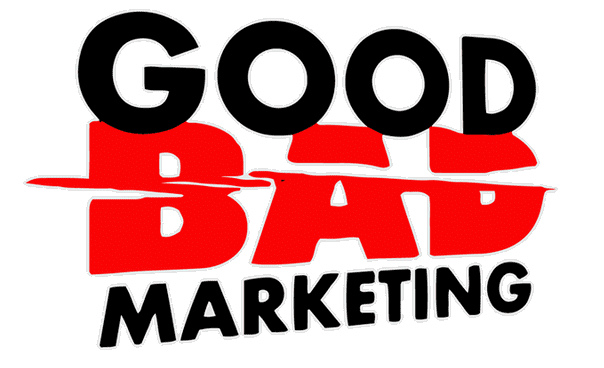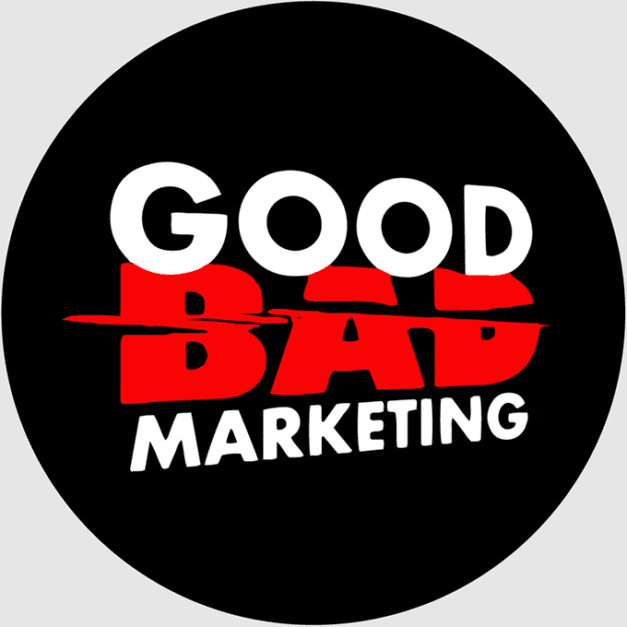The pet industry is more like human industries than you’d realize
I find the history of pet food retailing fascinating, from the origins of wet dog food being a result of surplus horse meat after the automobile took over, to the valentines gifts people buy their pets, to how there are only really six large pet food companies. That’s right, the premium cat food with a picture of a pure-white fluff-ball is made by the same company making the cheap stuff in bulk under a totally different brand name. And you might recognise some of those companies.
“In the 1920s, horse slaughterhouses started pet food companies as a means to dispose of the meat. Horsemeat remained a major ingredient of dog foods throughout the 1940s.” Ref
Only 6 companies are responsible 90% of all pet food sold in North America, under 106 different brands
Mars accounts for 41% of all the pet food sold in North America across their 41 pet care brands, including Cesar, Dreamies, Nutro, Pedigree, Royal Canin, Temptations, Whiskas, Eukanuba, IAMS, and more. The latter two brands were acquired only to be ended. They also own many veterinary care clinics, which has made some wonder if we’d stand for a junk food company owning our medical clinics too.
Nestlé have 30% market share, spanning cheap to premium brands. Some sound cute like Beggin’ and Kit & Kaboodle, others communicate value like Cat Chow and Dog Chow, or premium, like Chef Michael’s, Deli-Cat, Fancy Feast, and Gourmet. Friskies and Purina are mid-market, while Just Right and Beneful communicate health.
Even J.M Smuckers, the jam company got in on the action, controlling 6.6% of the pet food market in North America, with 14 brands accounting for $2.9 billion in sales in 2018 alone.
Colgate-Palmolive, owns Hill’s Pet Nutrition, also known as Science Diet, rank number 4 with almost 5.3% of the North American market share.
For further breakdowns and references, check out this excellent article titled “Pet Nutrition – Which Companies Are Behind Your Pet’s Food?”
Modern trends in premium pet food

Lily’s Kitchen CEO Henrietta Morrison says: “We are becoming a nation of foodies and more aware of nutrition and the impact it has on our wellbeing. Pets are family and we want to do the very best for them.”
And yet while spend is up, expensive pet foods aren’t any healthier than cheap ones. “If you buy commercial pet foods at all, you are buying ingredients that humans do not want to eat,” according to Marion Nestle and Malden Nesheim, authors of Feed Your Pet Right. As a pet owner, I would certainly feel jibbed to learn this about my pet’s main feed, but for a super-tasty treat, I would not mind. After all, I’m buying premium ice cream not for it’s better nutritional content, but for it’s superior taste, or “hedonic” value, as marketing academics call it in the literature.
Is it normal to give a pet a special celebratory meal or seasonal gift?
Then there are seasonal sales. I tell my consulting clients in retail about how they can go from event to event. Halloween October, Thanksgiving November, Christmas December, Valentines February. Grinches look away because according to People’s Dispensary for Sick Animals (PDSA) Animal Wellbeing (PAW) report in 2015, 62% of pet owners treat their pet on Christmas, 25% on their birthday and 40% give their pet a celebratory meal for special occasions. That number was a little higher at 45% in Rover.com’s Cost of Dog Ownership Survey 2019 survey. This all further feeds this high end segment of the market. The National Retail Federation report that 20% of Americans buy products for their pets on Valentines Day, spending just shy of $7, though this number is increasing, already up 60% since 2008. 33% have spent $250 on a gift for their pup (Rover). Let’s not forget that April is National Pet Month! It runs from April 1 to May 10. Wait, what?
No wonder consumers underestimate how much owning a pet is setting them back. Rover’s survey found that people estimate they spend $26 to $75 a month, yet they were actually spending $153 a month on average. (Anecdotally, a friend’s recent Great Dane adoption confirms this. He is also definitely one of the 67% of millennials who refers to their pet as their “fur baby.”) And yes, we spend more on dogs than cats – $1285/year and $915 respectively, according to an Ameritrade research on millennials.
So just remember, next time you buy your pooch a massage, know that 25% of Rover survey respondents have done the same (Rover).
Further reading on pet food market trends:
- US Pet Food Market Industry Insights for 2022 | MarketWatch
- Pet Food Market Trends Category | petfoodindustry.com
A small note on references on this blog:
I made a point of NOT using the following article as reference in this article: Dog Food Market Strategies & Nutritional Requirements | Envision Intelligence. Their pie charts are the definition of terrible: monochrome, wedges are not ordered by size, omit values, and omit figures. “The dog food market is growing at XX%”. In my article I have reference every study directly and choose only reputable sources, even highlighting differences between studies. I hope, dear reader, that this integrity is not lost on you.
David Frank is an Australian marketer based in Seattle, USA. He lives with his spouse, infant son, and 8 year old rescue pit bull, Izzy. She currently works as Chief Barketing Officer at a local Seattle startup that specializes in chasing squirrels. You can add her on LinkedIn here.





